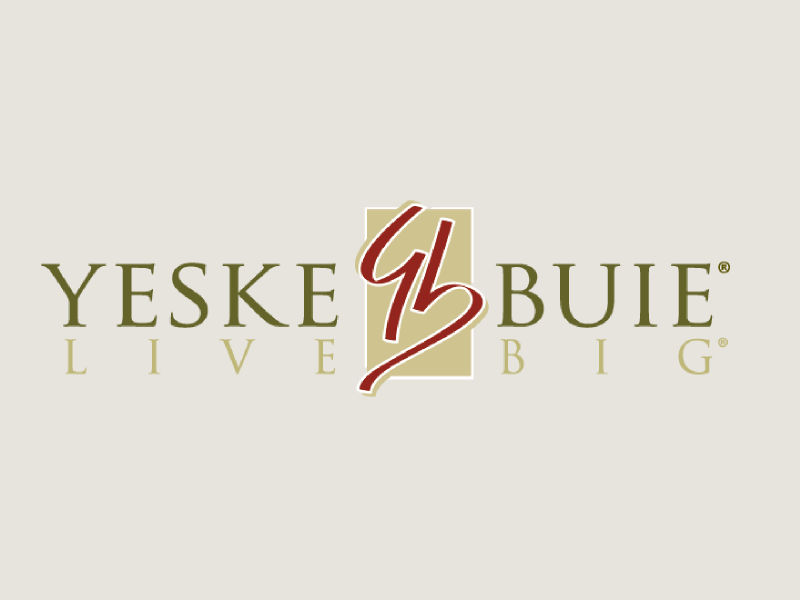Our Story So Far . . .

I just thought I’d drop a short note from Amsterdam on global economics and stock market volatility before heading out to visit a few museums.
For a quick refresher on how we got here, you might want to revisit our webinar from April of last year, “The Perfect Storm: How We Got Here and Outlook for Recovery” (https://yebu.com/resources/webinars/). Following that webcast, the markets began a steep recovery, with the Dow gaining nearly 60% from its March 9 lows by the end of 2009. The index is currently off that year-end mark by about 7%.
One of the things we’ve always been clear about was that the dramatic recovery in the markets after the first quarter of last year was more about the “Armageddon scenario” being taken off the table than it was about immediate prospects for economic recovery. Markets do a good job of processing information about the prospects for the economy in general and stocks in particular, but late 2008/early 2009 was a time when information about the true scope of the problem was in short supply. Under such circumstances, investors often assume the worst.
Everything that followed was – and will continue to be – based on expectations for the pace of economic growth. Which brings us to the recent turmoil in the markets, driven, at least in part, by renewed concerns that the recovery here and abroad will be anemic at best. Even Federal Reserve chief Ben Bernanke has recently suggested that the projected rate of economic growth – estimated at 3.5% for 2010 – won’t be fast enough to provide rapid relief from high unemployment rates.
A slower than average recovery, however, isn’t the end of the world. A few have suggested that we’re witnessing a paradigm shift, that “this time is different” from prior economic downturns and subsequent recoveries. Well, in some sense that’s true, as every downturn and every recovery follows its own unique path. But as Mark Twain famously quiped: “history may not repeat, but it sure does rhyme.” The fact is that “the economy” is nothing more than the aggregation of the individual decisions of consumers like you and me and everyone we know about how to spend and save and invest. It’s likewise the aggregation of all the collective decisions that you and me and everyone we know make as part of businesses and other enterprises in adapting to changing external conditions. Human beings are ultimately creative and adaptable, which is why economies, absent major structural hurdles, tend likewise to be creative and adaptable. The isolated counter-example doesn’t disprove the fundamental truth in that statement.
How we manage risk in the face of the uncertain path of economic recovery has several components. First, we ensure that you have adequate stable reserves to meet your projected needs in the short run. These stable returns take the form of cash and bonds. You may recall that we increased your allocation to bonds late last year when we updated your portfolio targets. Next, it’s important to broadly diversify any allocation to stocks. Stock allocations should be spread across different size categories (large, mid-cap, and small) and all around the globe. You should also be broadly diversified within each of those categories. Finally, there needs to be a disciplined approach to monitoring and rebalancing in place, so that we can exploit the subtle shifts among asset classes and continuously position the portfolio to capture whatever returns the markets choose to offer. We use all of these techniques in positioning your portfolio for an uncertain future. You can get an extended description of our philosophy and approach from our webinar “Sound Portfolio Management” (https://yebu.com/resources/webinars/).
As always, you will find extensive portfolio and tax reports on your Client Private Page. Don’t hesitate to check in with us if you need help accessing it.
Take care and talk to you soon,
Dave
